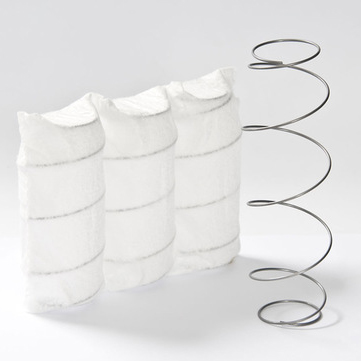With the continuous emergence of new technologies, the functions of non-woven fabrics are constantly improving. The future development of nonwovens comes from the continuous penetration of other fields such as emerging industries and automobiles. At the same time, we must eliminate old equipment. Produce functional, differentiated and diversified world-class nonwoven products, enter the depth of production, enter the deep processing of products, and form product diversification to meet market needs.
In the global market, China and India will become the largest markets. The non-woven fabric market in India is not comparable to China, but its demand potential is greater than China, with an average annual growth rate of 8-10%. As the GDPs of China and India continue to grow, people’s purchasing power levels will also increase. Unlike India, China’s non-woven fabric industry has developed very rapidly in the past few years, and its total output has become the world’s largest. Non-woven products such as medical non-woven fabrics, flame-retardant non-woven fabrics, protective non-woven fabrics and special composite materials have also shown novel development trends. This field has also been fully developed during COVID-19 in 2020. During this period, non-woven fabrics were mass-produced into medical masks, disposable medical bed sheets, protective clothing and other products and provided to countries all over the world. The release of the new “plastic restraint order” also injected stimulants into the nonwovens field of the textile industry. Non-woven bags are non-flammable, easy to decompose, non-toxic and non-irritating, rich in color, low in price and recyclable. Undoubtedly, they are one of the best alternatives to plastic bags.It can be seen that the non-woven industry provides the world with a sustainable development direction. It not only improves people’s lives, but also protects the environment.Looking forward to the future of the non-woven industry to bring more surprises to our lives。
Post time: Apr-19-2021








